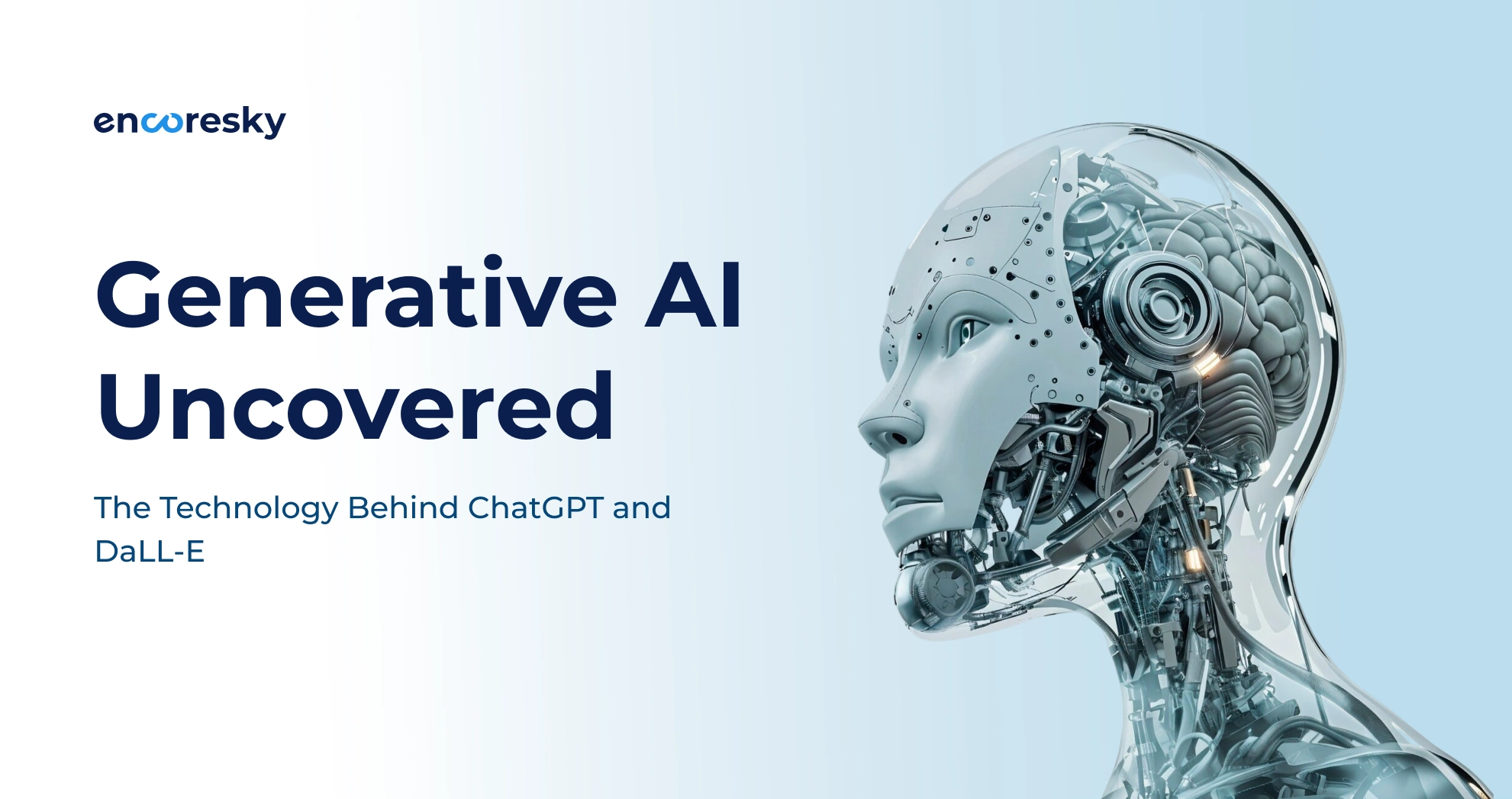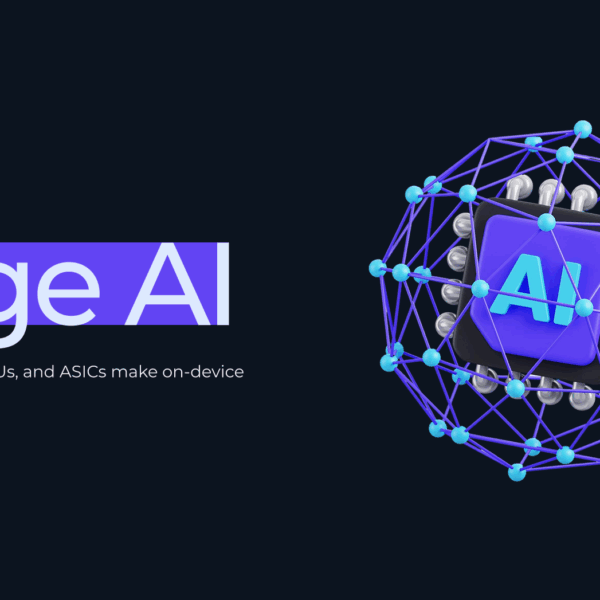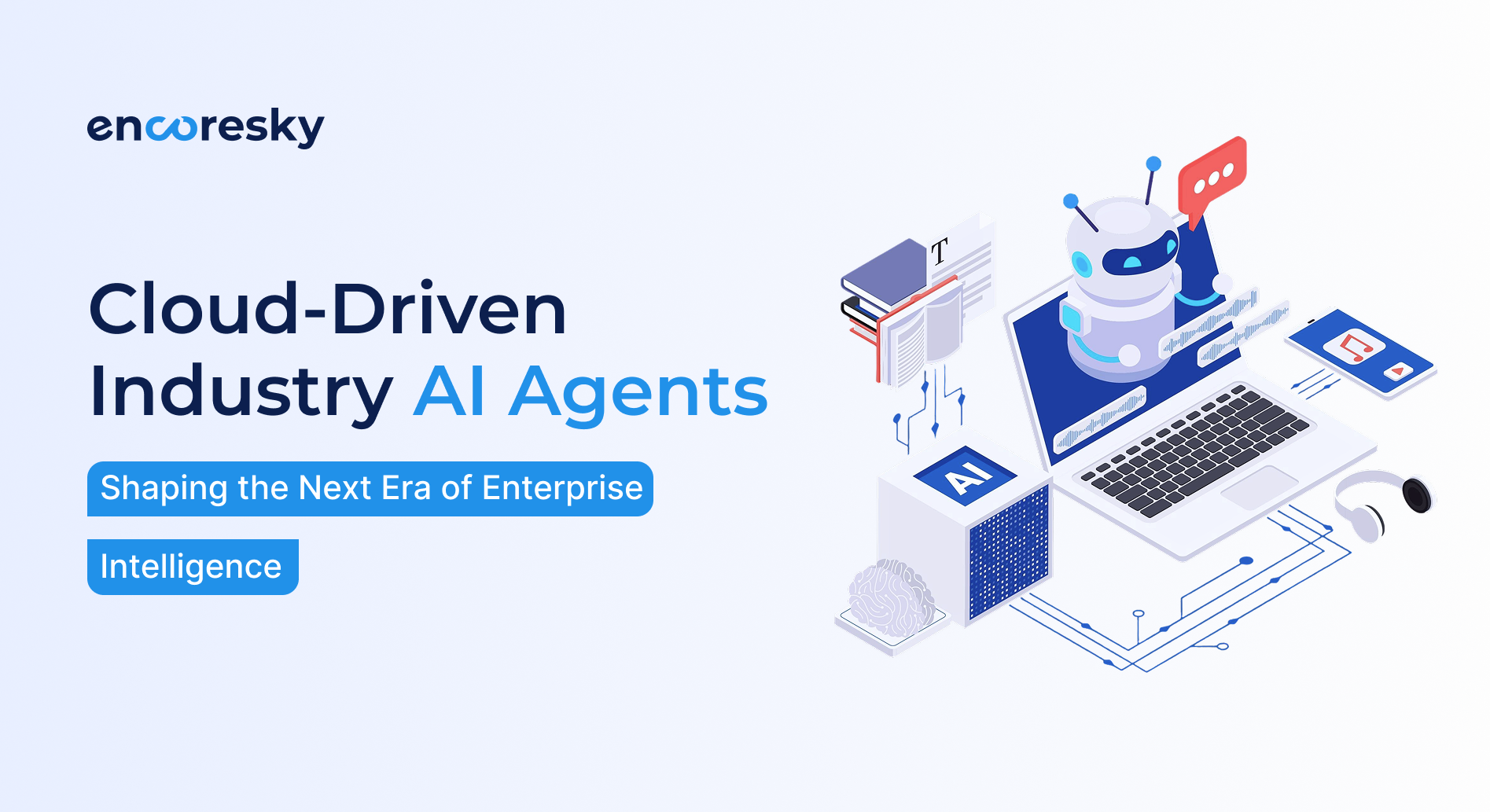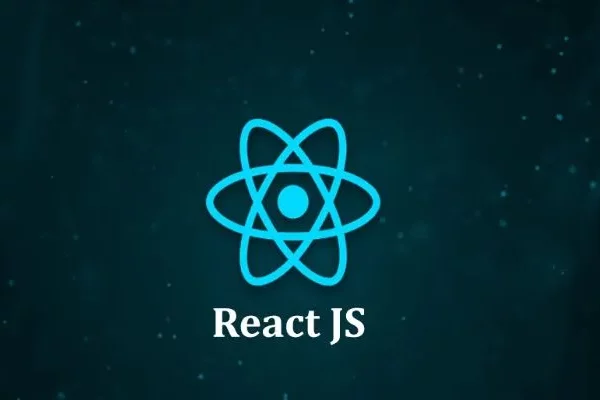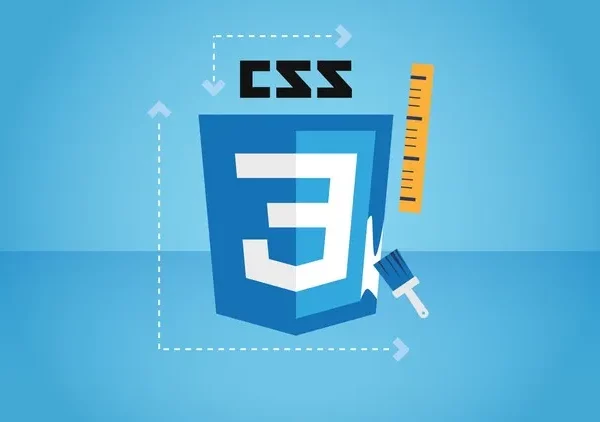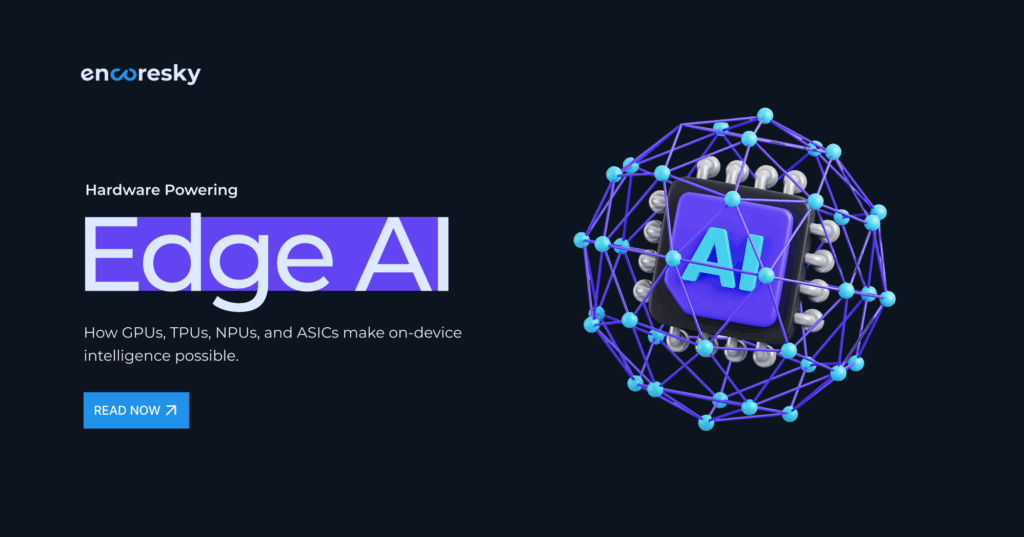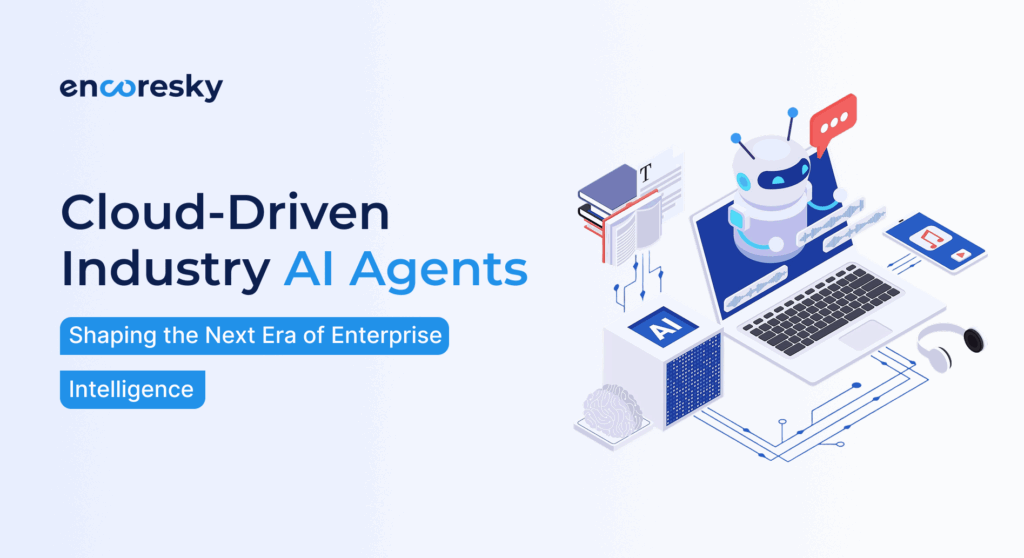We’ve entered a new era of artificial intelligence — not just where machines respond, but where they create. GenAI tools like ChatGPT and DALL·E are at the forefront of technologies that can hold human-like conversations and generate realistic images.
But first, let’s explore how these systems work. Let’s analyze it step by step.
What Exactly Is Generative AI?
GenAI is a type of Artificial Intelligence that can create new and original content like text, images, music, code or videos. Using powerful techniques called large language models (LLMs) by learning from large amount of existing data.
Unlike traditional AI, which just analyzes or predicts, Generative AI predicts the original work that never existed before. It doesn’t just memorize — it understands patterns, styles, and meanings.
So when you ask it to do something – like Write me a short blog about design trends – it doesn’t copy from somewhere. It pieces together what it knows and creates something new, on the spot. It doesn’t just store facts – it understands how we communicate.
The Brains Behind ChatGPT: Language Models That Get You
Let’s talk about ChatGPT. It is powered by a language Model by GPT (Generative Pre-trained Transformer) family.
- It is trained on the vast amount of text from the Internet – books, articles, websites and learns grammar, facts, reasoning, and even tone
. - What makes ChatGPT so effective is its ability to understand context. It’s not just matching patterns; it’s predicting what comes next based on everything(data) it’s seen before.
- This is why it can carry on conversations, write poems, solve math problems, and even show different writing styles.

How DALL·E Turns Text into Pictures?
While ChatGPT deals with text, DALL-e turns text into Images. For example, When you give a prompt “a cat wearing sunglasses riding a skateboard,” it will give you the unique image matching the description.
Here’s how Dall-e works:
- It is trained on text-image patterns (images with captions). It learns the relationships between visual features and languages.
- When you type a prompt, it converts into visual tokens. These tokens are then decoded into pixels, producing a new image.
- This allows the system to grasp intricate concepts and produce realistic or artistic images as instructed.
Why GenAI Matters: Real-World Impact and Opportunities
Generative AI focuses on something beyond novelty, but instead on potential.
- In Design – With the help of AI, Artists and designers can assist in brainstorming and expedite the prototyping process.
- In Business – Automated content creation, customer engagement, and marketing are handled by specialized teams.
- In Education – Teachers and students are able to generate summaries, quizzes, and other visual learning materials.
- In Accessibility – With the aid of ChatGPT, users with disabilities can access information more quickly.
GenAI requires us to observe new responsibilities. Alongside the capabilities, there come challenges like:
- Misinformation – there is an argument to be made that wrong information is more easily spread than ever before. News, deepfakes, or other visuals can all be AI-generated and misleading.
- Bias: Data-trained models are more likely to reflect static societal biases that exist.
- Copyright: If an AI creates something similar to a real artist’s work, who owns it.
- Job Displacement: As automation increases, certain creative roles may evolve or become outdated.
Conclusion: The Future of AI-Driven Creativity
GenAI, as we have seen in tools like ChatGPT and DALL-E, represents one of the most exciting shifts in the tech world. Whether you’re designing any product, writing a book or exploring any new ideas, AI is becoming a powerful partner in the process.
But it’s not just about what AI can do—it’s about how we, as humans, choose to use it. As we embrace this technology, our focus must remain on ensuring that creativity, ethics, and responsibility go hand-in-hand.
Curious how you can use AI meaningfully in your work or business? Let’s talk. Connect with us — we’d love to help you explore the possibilities.
